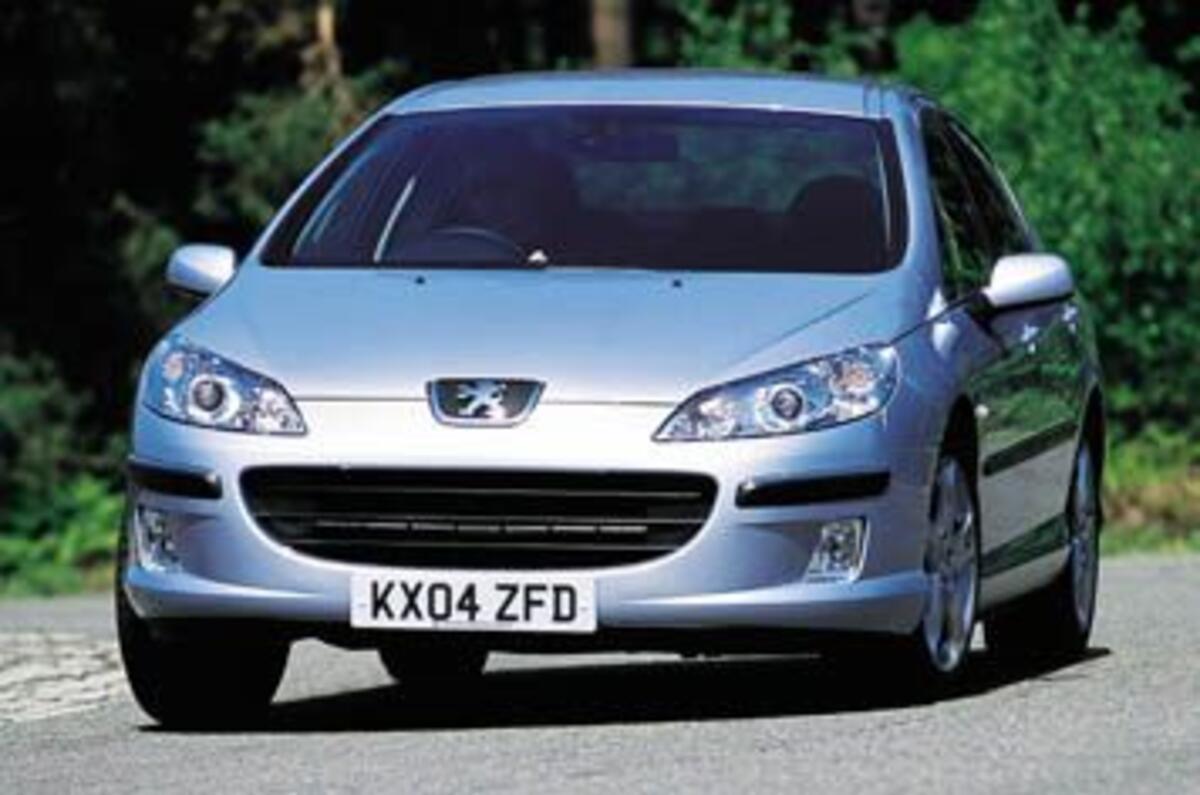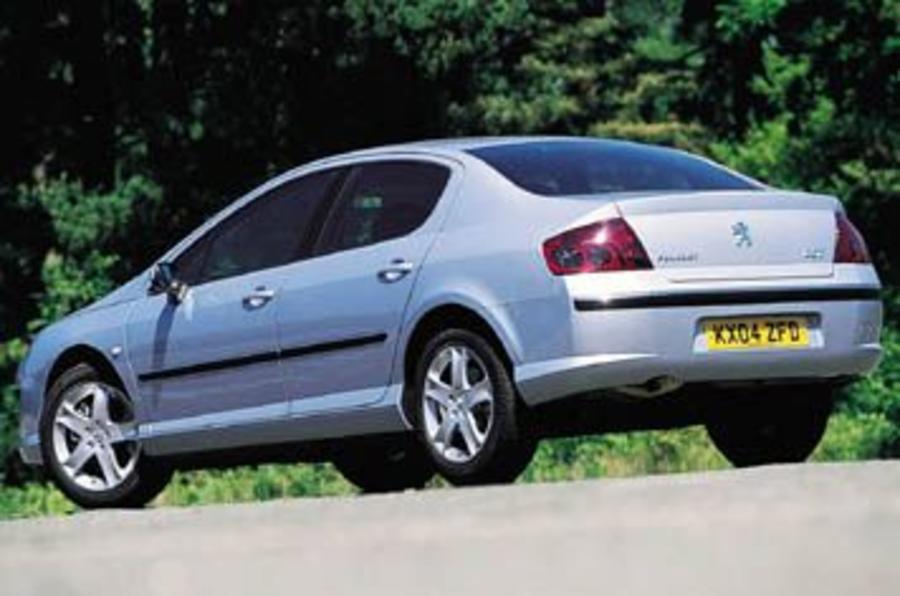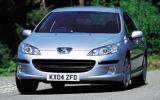Remember the days of fun, front-drive Peugeots, when every saloon or hatch even in its most basic form was a riot to drive? Lately the Lion seems to have let its claws go blunt, with even its supposed pinnacle of entertainment – the 206 GTi 180 – failing to satisfy alongside its rivals. But Peugeot reckons that situation is about to change with the arrival of the new 407.
Taking on the class-leading Ford Mondeo and strong-selling Vauxhall Vectra in the medium family saloon/ rep’s favourite sector, the 407 is a new approach, with its dramatic styling and focused dynamics an unashamed attempt to sell through emotion rather than outright practicality.
Do those lines tug at your heart strings? Opinion here is divided – particularly over that metre-plus front overhang – but one thing is for sure, it looks a lot better in the metal. And love it or loathe it, at least it isn’t anonymous – when was the last time you noticed a Peugeot 406 (and I don’t mean the pretty Pininfarina Coupé)?
Step aboard and you’ll find yourself in similarly unfamiliar territory. That bizarre, cab-forward shape sets the windscreen far ahead of the wheel to make the 407 feel more like a people carrier than a saloon. The dashboard is topped with a very Gallic spongy plastic and features an attractive silvered centre console, but it seems bizarre that Peugeot has made no provision for an oddments tray with all that space atop the dash. The SE’s white dials are attractive without being too pseudo-sporty.
Despite lots of adjustment for both wheel and seat, the unusual MPV sensation makes it hard to get comfortable at first, and even when a good driving position is found, the soft, flat seats lack lateral support so you find yourself bracing your leg uncomfortably against the centre console. But it’s light and airy thanks to a huge windscreen and front windows.
Things aren’t so bright for rear-seat passengers. The trailing coupé-style rear roofline and pronounced C-pillars make the back feel oppressively dark compared to the front. Head-, shoulder- and leg-room lag well behind the best in the class. And that neat tail styling means a meagre 407-litre boot – less even than in the 406.
But it’s on-road dynamics that really set the 407 apart. Once you get over the fact that you can’t see any of the car’s extremities – rear visibility is so poor that parking sensors are a must – the new Peugeot encourages enthusiastic driving.
The 2.2-litre petrol four (1.8, 2.0 and 3.0 V6 petrols are also available) is a pleasant if unremarkable unit. It’s lifeless below 2000rpm, but keep it in its favoured 3500-6000rpm sweet spot and it’s a willing performer, clocking up 62mph from rest in 10.1sec and covering a kilometre from rest in 31.5sec (just 1.3sec shy of the V6 range-topper). Six well-chosen ratios for the manual gearbox help, but the lever’s mushy action doesn’t (a four-speed auto is available).
With 930kg of its 1480kg kerbweight sitting over the front wheels, you’d expect the 407 to be a typical front-drive understeerer, but it’s not. Make a rapid lane change at speed on the motorway and you can feel the weight in the nose – though there’s 35kg less up front than in the 136bhp diesel – but off the main roads the new double wishbone front and multi-link rear suspension setup endows the Peugeot with real agility.





















Add your comment